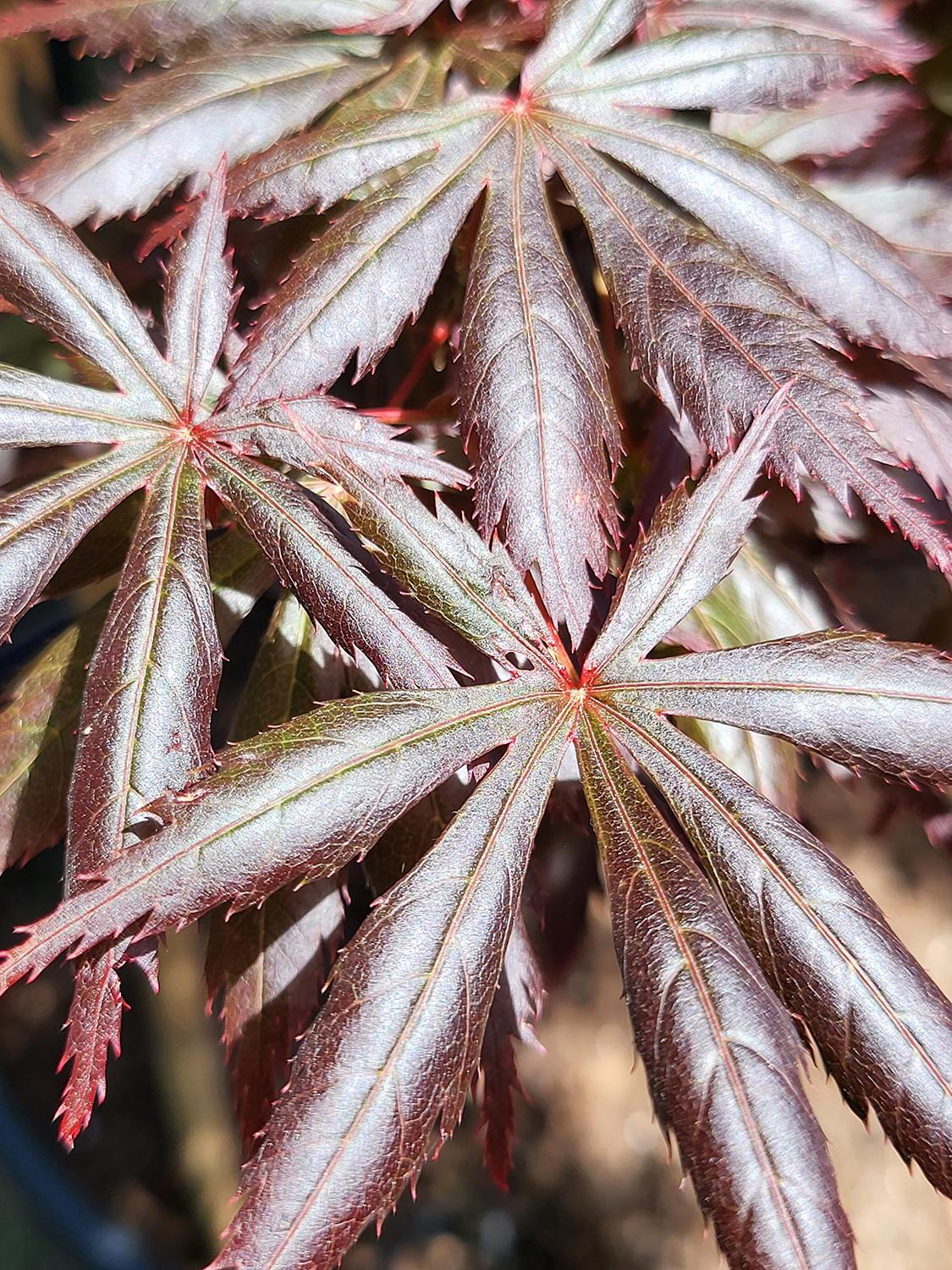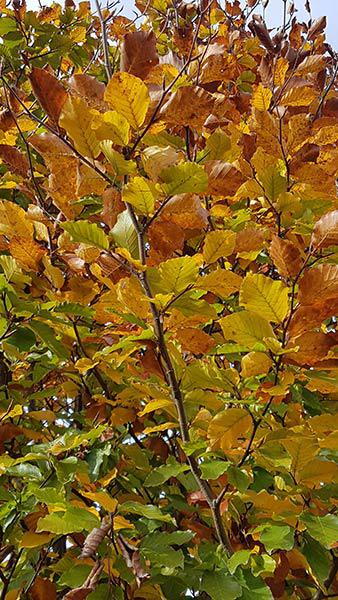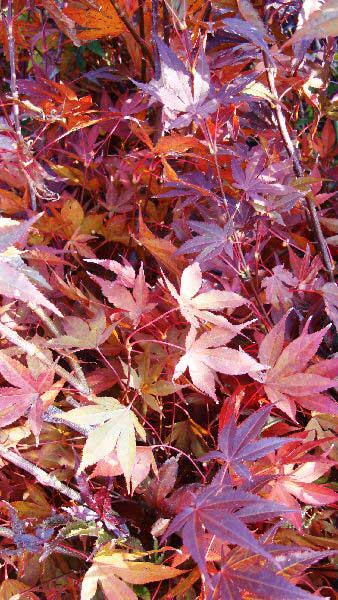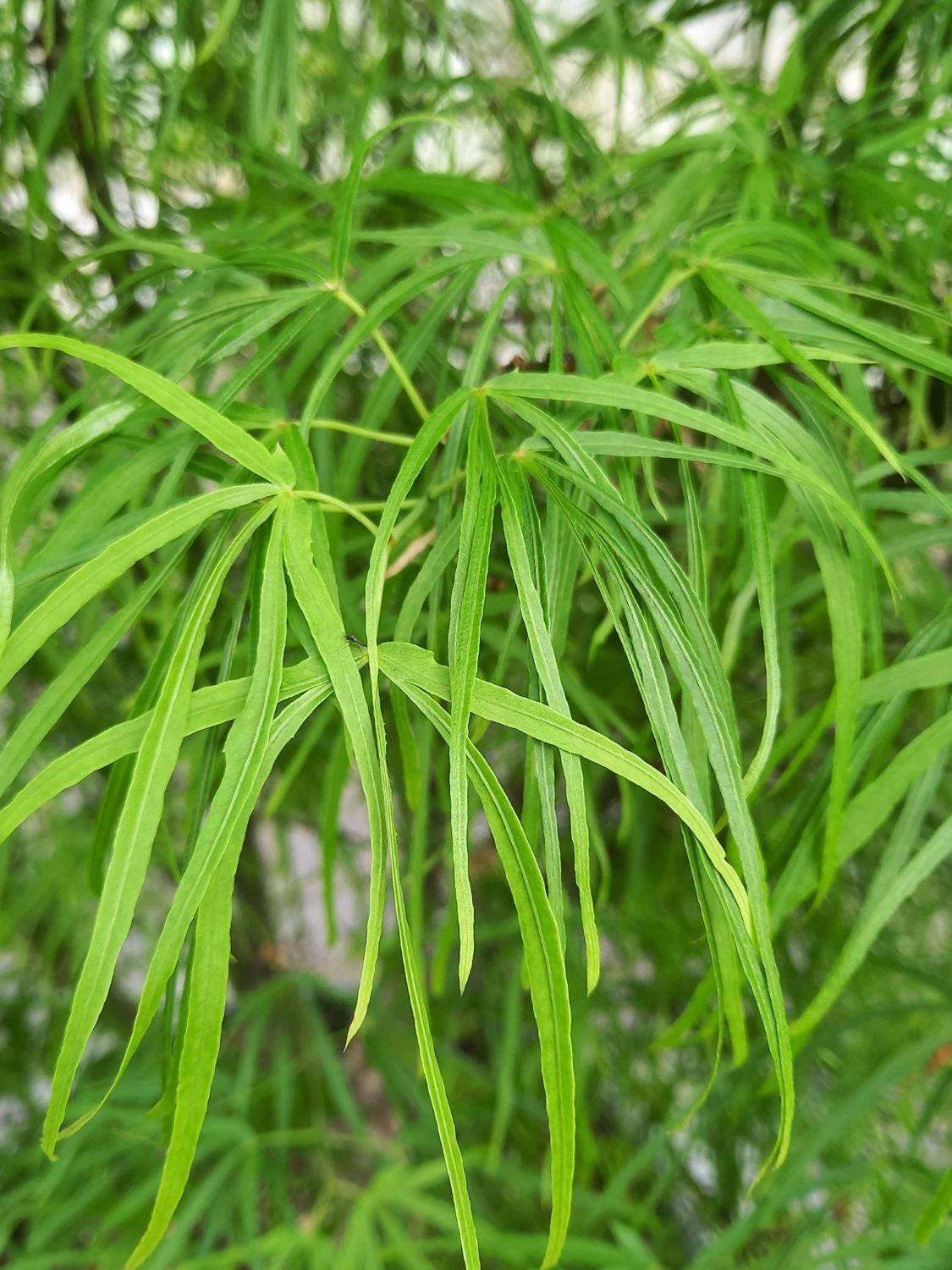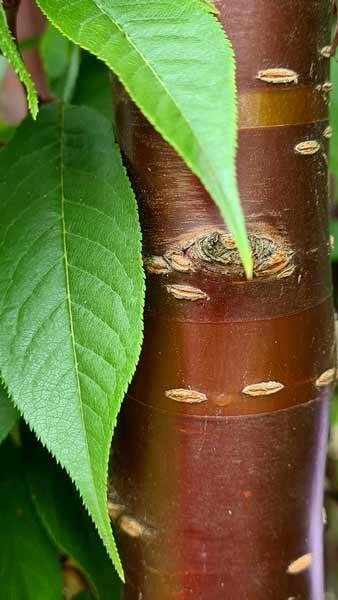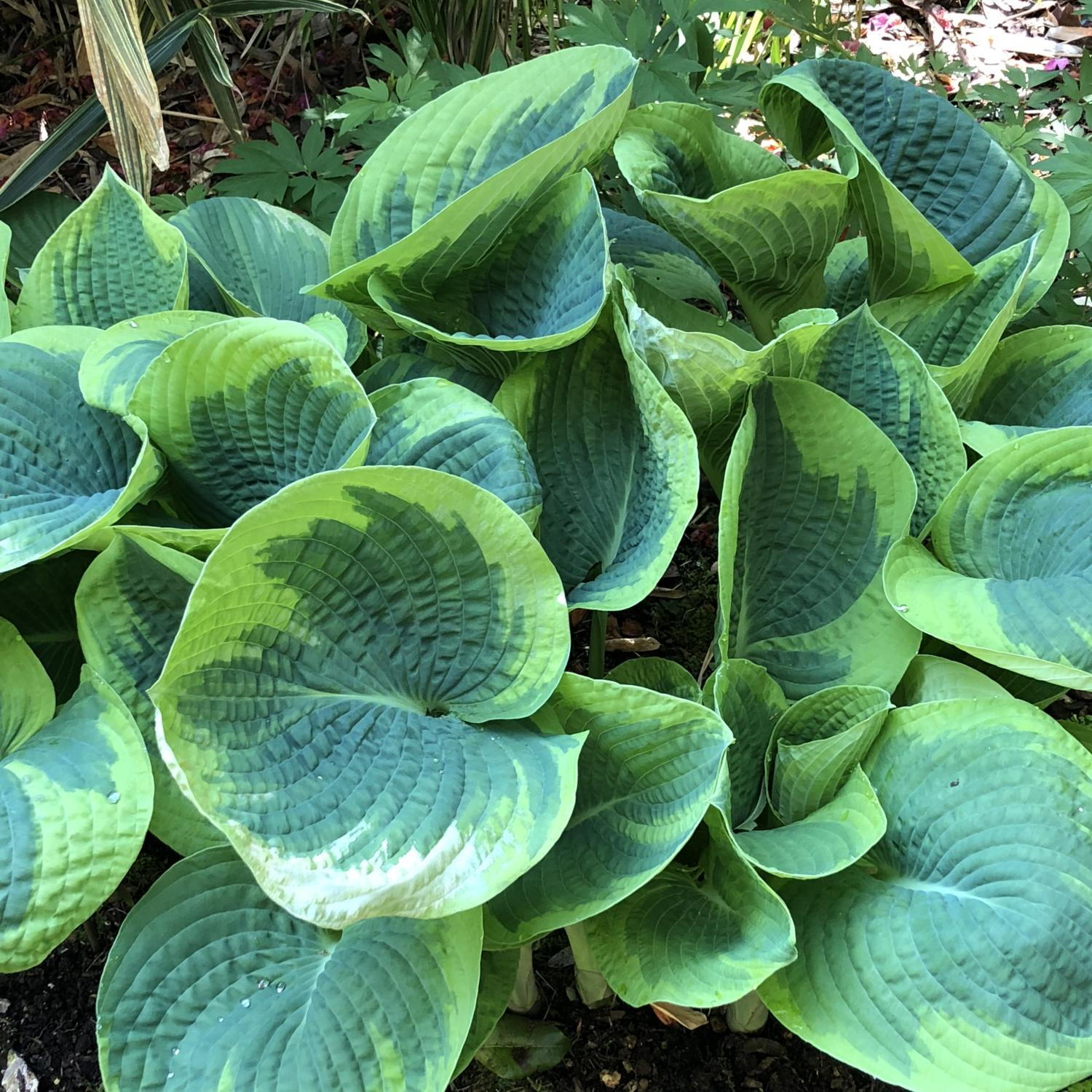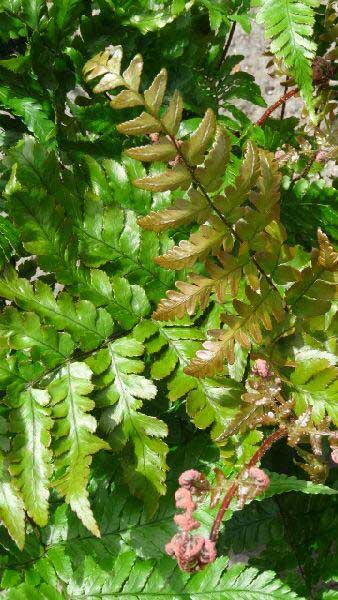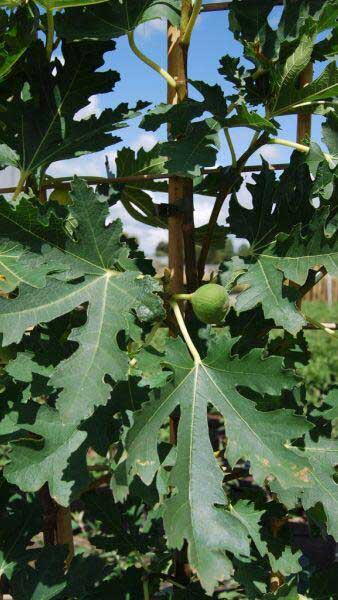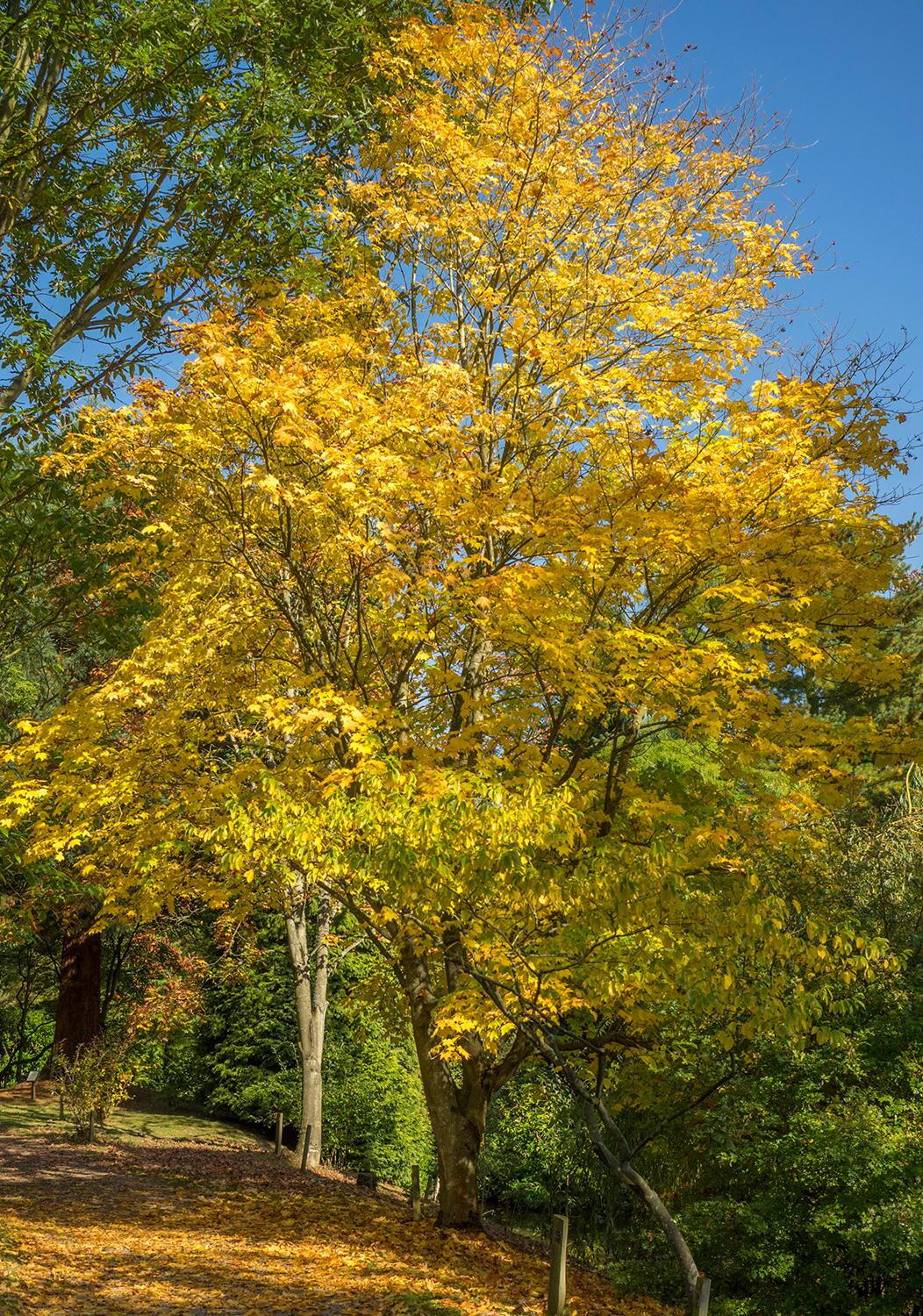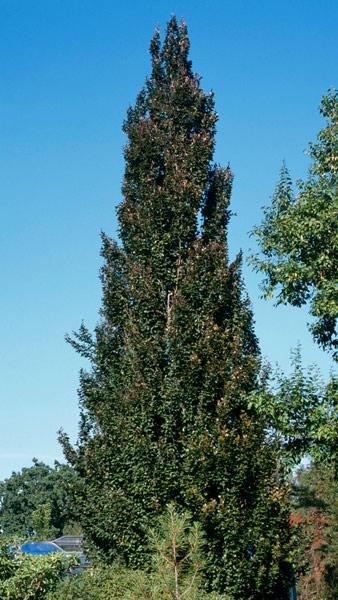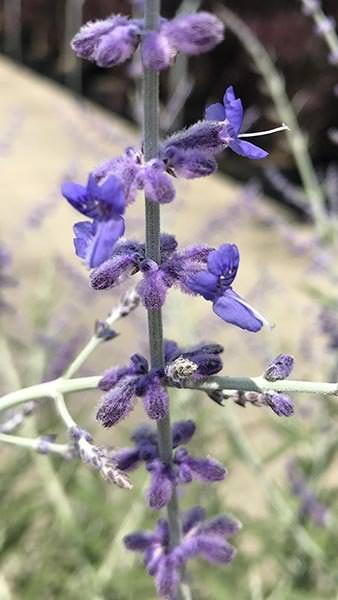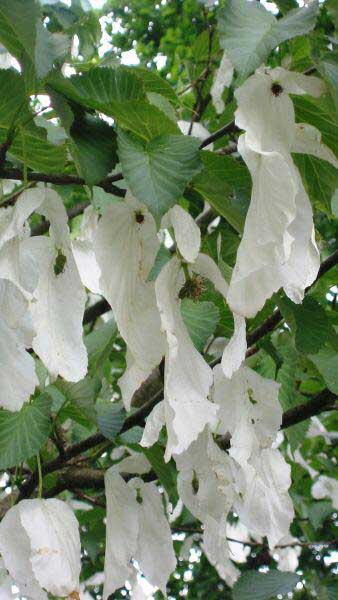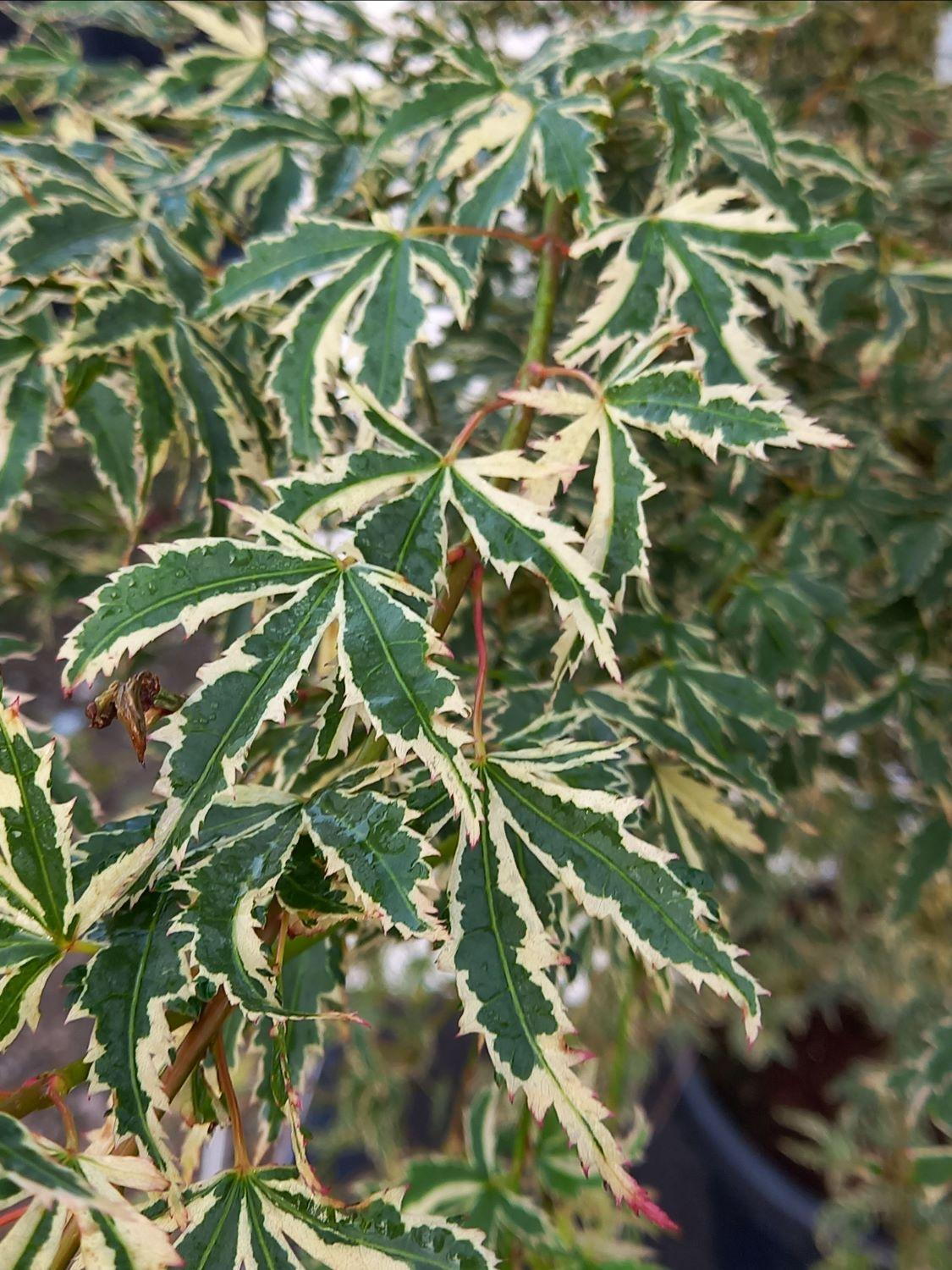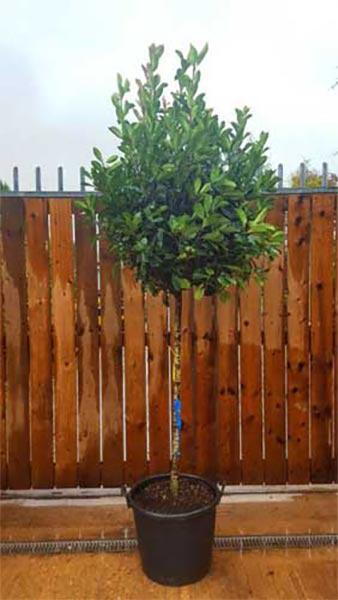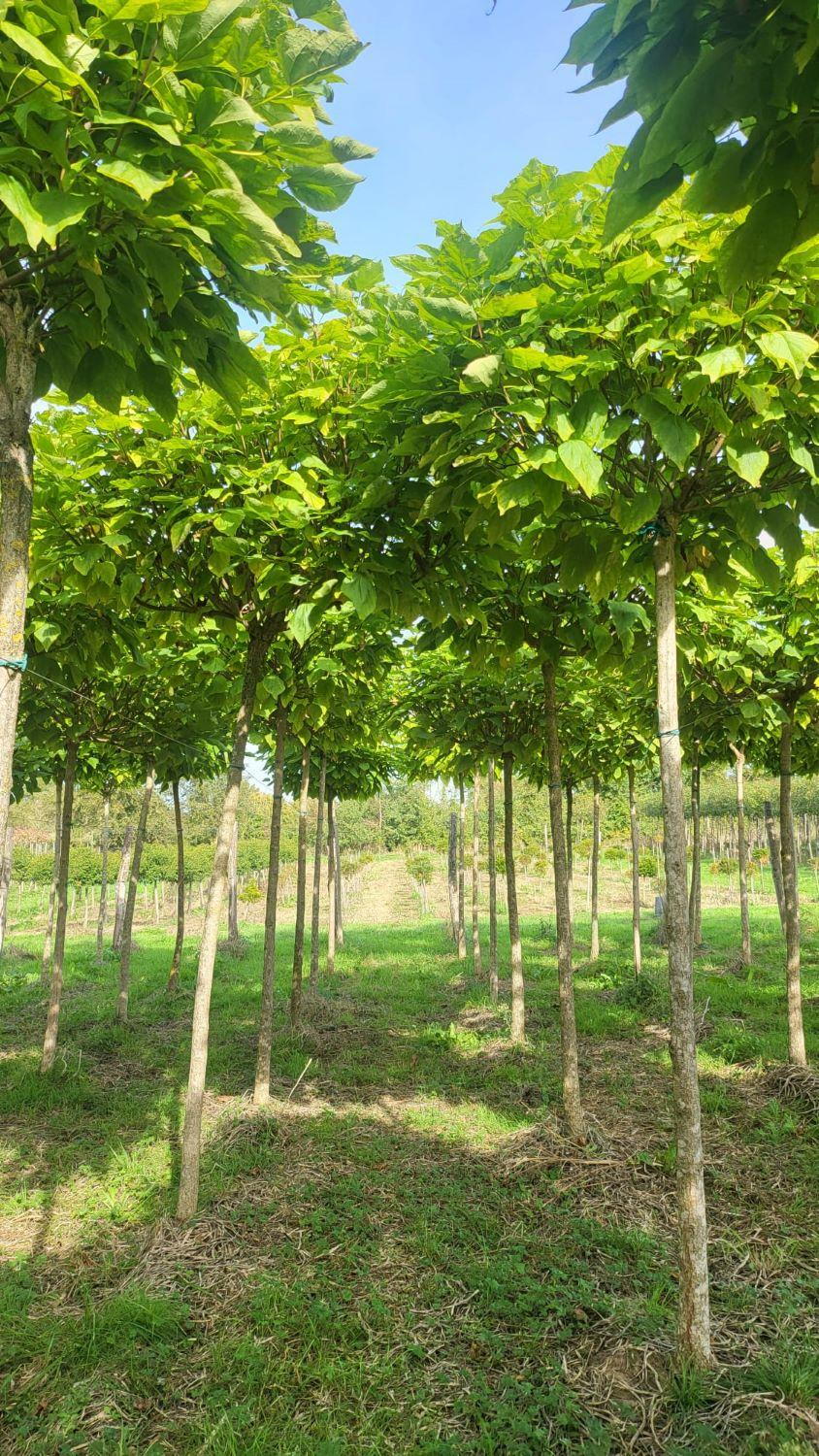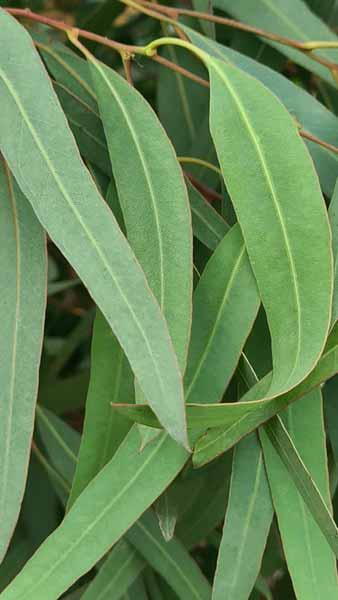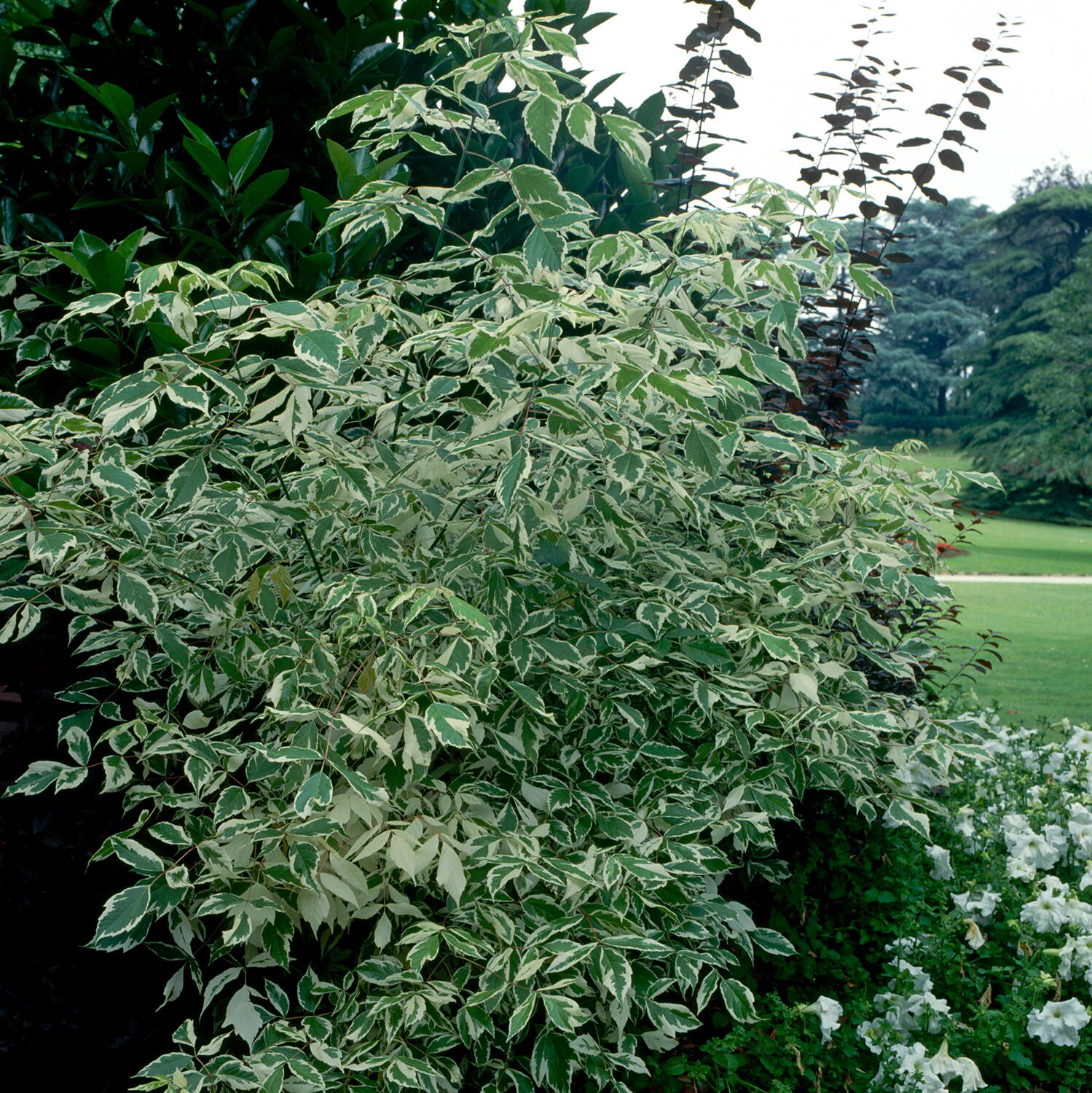Catalpa Bignonioides Nana for Sale. Indian Bean Tree Nana
Catalpa Bignonioides Nana, or Indian Bean Tree Nana, is a more compact, smaller and rounded variety of the Catalpa Bignonioides (Indian Bean Tree), making it more suitable for small gardens where a full-sized Catalpa would overwhelm, as well as a good choice for use in a larger setting. These particular trees are grown and shaped as full standard trees. Native to the forests of eastern North America, Catalpas were first introduced to the UK in 1726. This smaller cultivar has the same leaves and flowering habit as the standard species, but in a more compact form, grown and shaped as full standard trees. Late in the spring, the large, heart-shaped leaves emerge, staying an attractive mid-green until the autumn, when they turn yellow. Catalpa Bignonioides Nana forms a mophead, rounded crown. It may produce dappled white flowers in summer, followed by decorative hanging seed pods in the autumn, which turn from green to brown. Hardy in most parts of the UK, Catalpa Bignonioides Nana will reach a full height of 4 metres and spread of 3 metres in a period of 25 years. Because the standard form leaves a single trunk free of branches up to a height of close to 2 metres, Catalpa Bignonioides Nana takes up a very small footprint and can be fitted into gardens with limited space. It can be pruned back hard in early spring to maintain a rounded crown shape, or left to grow naturally in a less formal setting.Catalpa Bignonioides Nana should be planted in a sheltered position where it will be protected from strong winds which can damage its large leaves. It will do best in moist, well-drained soil in full sun. Very tolerant of pollution, Indian Bean Tree Nana is well-suited to urban settings. This small-scale Indian Bean Tree will fit into spots where a full-sized catalpa would be too big, making it an ideal choice for small city gardens. It is an excellent tree for planting in a mixed border, where spring-flowering plants and bulbs will get plenty of sun before the leaves emerge, and then providing some welcome shade in the hot summer months. In a formal garden setting, regularly clipped and rounded Catalpa Bignonioides Nana will be an impressive addition, whether singly or in an arrangement. The resistance to pollution lends to its use in street plantings. The large, distinctive leaves of Catalpa Bignonioides Nana make it a reliable and popular landscape tree and its versatility will make it a great choice for your garden, too!
